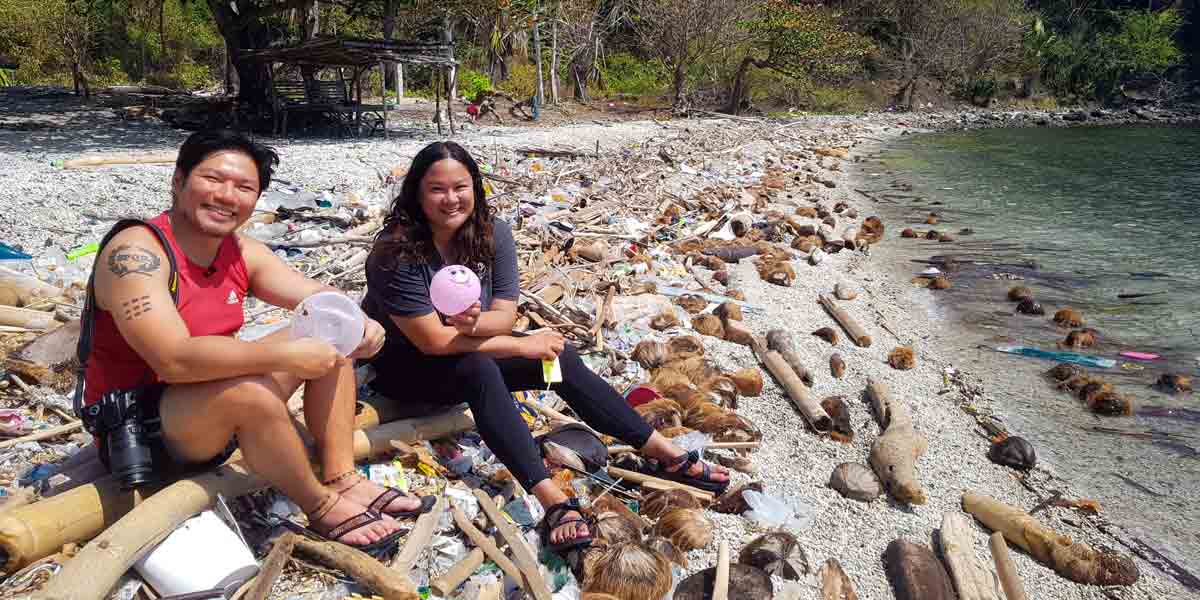By Engr. Ray Cádiz Macalalag
Every May, the United Nations Global Road Safety Week (May 12-18) is commemorated to bring global attention to the critical issue of road traffic safety. Now in its eighth year, this observance emphasizes the need to protect vulnerable road users, particularly pedestrians and cyclists, who together account for one in every four road crash fatalities worldwide. Dr. Etienne Krug, Director of the Department of Social Determinants of Health at the World Health Organization and Chairperson of the UN Road Safety Collaboration, highlighted the importance of prioritizing these groups during his April 28 statement for the 2025 campaign. In the Western Pacific region, which includes the Philippines, one in seven road crash fatalities is a pedestrian or cyclist.
Despite increasing awareness, road crashes continue to cause immense human loss and suffering. Globally, there are 1.19 million road traffic deaths each year, and pedestrians and cyclists account for nearly 310,000 of those. While pedestrian deaths have declined slightly when compared to the previous decade from 2011 to 2020, cyclist deaths have remained constant. Alarmingly, in the Western Pacific, pedestrian deaths increased by 88 percent, signaling a dangerous trend that requires immediate attention. These figures are more than just statistics. They represent lives lost, families devastated, and communities impacted. It is crucial that governments and local authorities address this growing crisis with urgency and commitment.
Walking and cycling are not only common means of transport in many parts of the world, especially in low- and middle-income countries, but they also offer wide ranging benefits to individuals and societies. These modes of transport help reduce the risk of heart and lung diseases, certain cancers, diabetes, and obesity. They also lower air and noise pollution, reduce traffic congestion, and contribute to a cleaner environment. From an economic perspective, walking and cycling are cost effective and accessible forms of mobility that can boost local commerce, improve property values, support tourism, and create job opportunities. Encouraging these practices is central to building healthier and more sustainable cities.
However, promoting walking and cycling must go hand in hand with ensuring the safety of those who rely on them. The safe system approach provides a comprehensive framework for doing so. It includes improving road design, enforcing safe speeds, promoting safer vehicles and behaviors, and ensuring access to timely and effective emergency care. These elements must be supported by thoughtful policy, infrastructure investments, and collaboration among various sectors. The World Health Organization and its partners continue to advocate for this approach globally, emphasizing its adaptability to local conditions and needs.
Efforts are underway in parts of the Philippines to apply these principles. In March, the Regional Development Council of Western Visayas approved the Ligtas na Kalsada for All (LinK4All) Project, which aims to create the first ever Western Visayas Road Safety Action Plan. Spearheaded by the Department of Economy, Planning, and Development Regional Office VI, the initiative will involve a series of workshops and consultations with stakeholders to formulate a plan aligned with the safe system approach. This is a positive step toward institutionalizing road safety and making the region’s streets safer for all.
Looking ahead, urbanization will continue to reshape transportation needs. By 2050, nearly 70 percent of the global population will live in cities. This growth will increase the demand for mobility and put further strain on transportation systems, particularly those dominated by private vehicles. Without proactive planning, cities will face greater challenges in terms of congestion, pollution, and preventable road deaths. The Global Plan for Road Safety 2021-2030 encourages countries to shift toward multimodal transport systems that integrate walking, cycling, and public transit. These systems ensure more equitable access to safe, affordable, and sustainable mobility options.
Ultimately, road safety is not just a technical issue but a social one. Protecting pedestrians and cyclists reflects our society’s values, let alone our decision-makers’ values. As we observe UN Road Safety Week, this is a timely moment to recommit to making our communities safer, healthier, and more inclusive. Action is needed now to ensure that those who walk and cycle can do so without risking their lives. Road safety is a shared responsibility, and it is time we all do our part, not just for the sake of it but to the achievement of a matatag, maginhawa, at panatag na buhay.





















